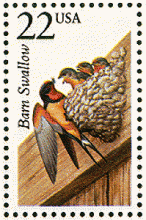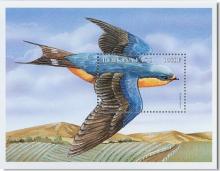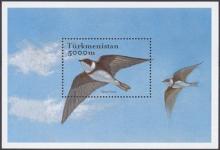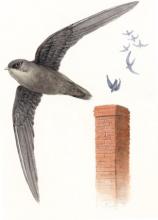The decline of aerial insectivores could be related to large-scale insecticide use since the mid 1900s
The current population size for Common Nighthawks Chordeiles minor in Canada is estimated at 400,000 breeding adults. In Canada, data from the Breeding Bird Survey (BBS), indicate a significant long-term (i.e. 1968-2005) decline of 4.2% per year. In the most recent 10 year period (1995-2005), BBS data show a significant decline of 6.6% per year. This corresponds to a 49.5% decrease in the population. While there are no specific studies on the subject, the decline of the Common Nighthawk may be partly related to a general decline in insect populations in both the breeding and wintering grounds, due to large-scale insecticide use since the mid 1900s.










